The Article
RT83 Turntable From Fluance
11th July 2019
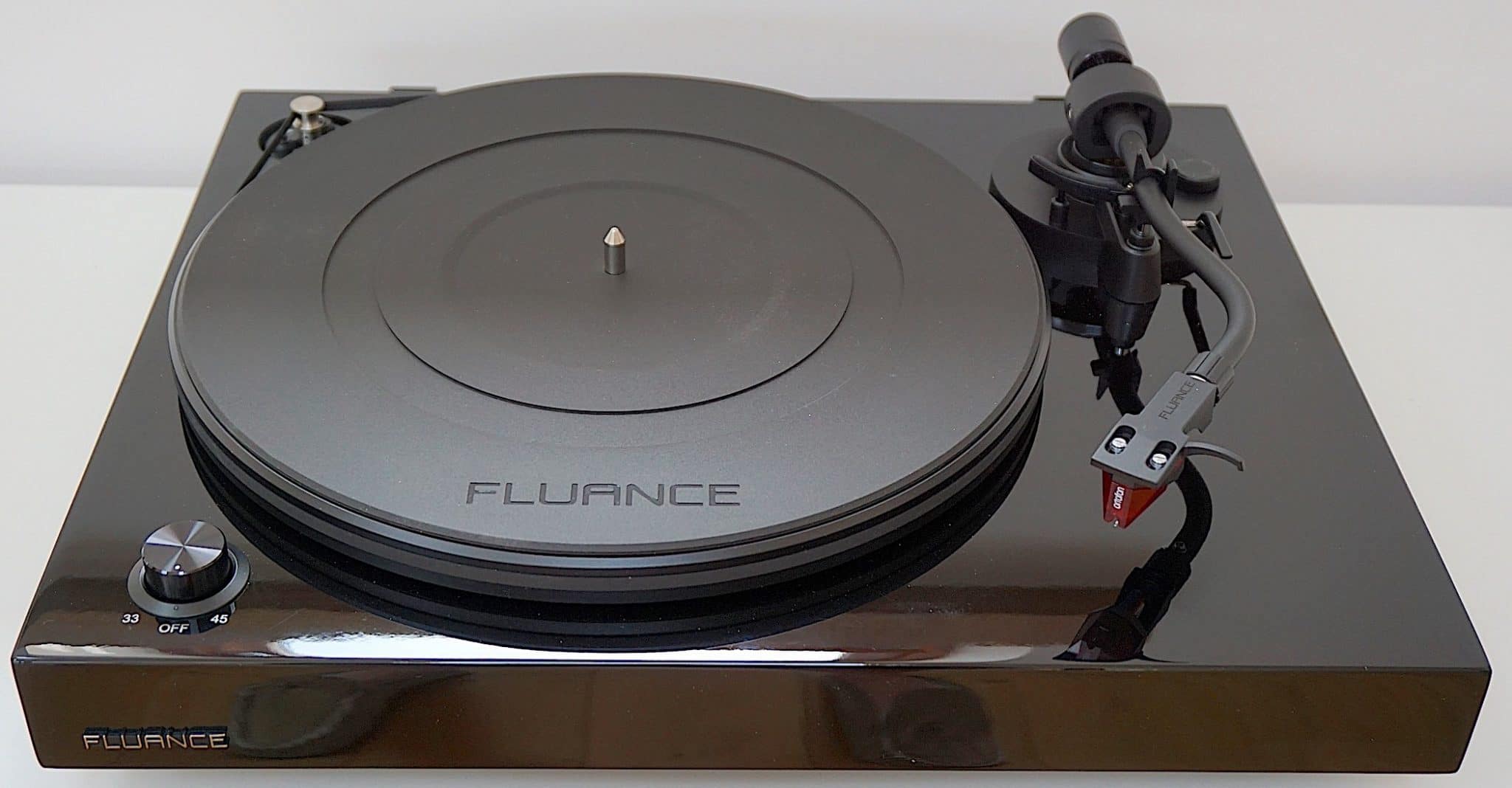
A belt-drive design featuring an Ortofon 2M Red cartridge, Paul Rigby reviews this budget turntable
I recently reviewed Fluance’s RT81 turntable, priced at the bottom end of the budget sector. Despite one or two quirks, I liked the overall design. It certainly has a place in the market and I know that it’s loved by many people who use the deck. In fact, Fluance has been busy. It has targeted the budget turntable sector with some vigour. The RT81 is actually one of six turntables offered by this Canadian outfit. If you were to rank the six designs with the most expensive being the RT85 (at $500) at the top of the pile and No.1 and the RT81 heading in at the No.5 position at £250, them this RT83 snuggles in at No.3 at $350. I did ask the company about a confirmed UK price but I’m still waiting on that. I would take an educated guess at a dollar-pound transfer to £350, though.
A belt-driven design, the RT83 is a twin-speed turntable with the speed controlled by a dual power/speed control knob on the near left of the plinth. That plinth, which supports an included dust cover, is wooden with a Walnut veneer.
The included motor, apparently supported by silicone isolation, holds the belt that runs around the outer rim of the aluminium platter. A rubber mat sits a-top of that.
A sub-9”, S-shaped tonearm features a typical SME-type removable headshell. Under that is an Ortofon 2M Red moving magnet cartridge, a quality design.
No internal phono amplifier is featured in this design so you will need to supply an external model or one found within an integrated amplifier.
The RT83 features an auto-off feature too which means that this turntable is almost semi-automatic. Not properly, mind you. At the end of the track, the tonearm is not returned to its cradle. No, when the stylus hits the run-out grooves of your LP, the power cuts, the platter ceases to turn and the arm just sits there…snoozing.
Fine if you’ve walked away during play or fell asleep in the meantime, I suppose. The auto-off feature saves a smattering of electricity if your turntable is ever left unattended and you also reduce a small measure of wear but be careful not to knock the resting tonearm later on in case you send the stylus skipping across your precious LP surface.
Spanning 419 x 140 x 349mm, the RT83 weighs in at a healthy 6.8kg.
SOUND QUALITY
I decided to look at two turntables for reference purposes. Firstly, I dragged in the cheaper RT81 from Fluance, with its Audio-Technica AT-95 cartridge, to see exactly what sonic differences there were between the two designs and to see what you receive for paying that extra $100. So that’s basically a Fluance vs Fluance test.
The next test was based on price/performance. Finding a top quality turntable for a similar price point. So I brought in a Rega RP1 for that job.
First up? The battle of the two Fluance turntable designs.
I compared the two Fluance turntables utilising an external phono amplifier. The RT83 has to use an external model but the RT81 features an internal model too. Via the latter the RT81 sounded no more than fair as the internal phono amp offered upper mids that barked a bit, bass was constricted and dynamics sounded a little tense. The RT81 sounded far superior with an external phono amplifier and so that’s how I proceeded.
I played Ethel Ennis who sang in front of a jazz-tinged orchestra while singing He Loves Me on the original pressing of 1964’s This is Ethel Ennis (RCA).
Comparing the two Fluance decks out of the box as it where, without any tweaks or improvements to either, the RT83 offered a noticeably greater sense of maturity.
To illustrate what I mean, take the backing orchestra on this track. Via the 2M Red, the RT83 was able to portray the orchestra as a live entity. That in itself was a bit of an achievement. Hence, the orchestra held that spacious, heavy ambience that is so distinctive of a live orchestra sound: a mass of instruments where the sound of the moment bounced across the orchestra itself and off the walls of the hall they sat in. The 2M Red provided that spacious, lots-of-people-primed-with-instruments feel.
Bass offered a foundation in terms of mass but did not (because it basically could not) add too much definition because of the microphone placing and the auditorium while brass offered reverb tails within the midrange that seemed to scatter in all directions.
Now, having read the above paragraph, all of that information you’ve just digested was just not there via the RT-81. The music was there sure and it sounded great for the price but you just didn’t get the subtle stuff: the slices of atmospheric and ambient detail, the nuances that added life. That’s what the RT83 provided.
The bass sax performance on this track was notable when comparing the RT83 to the RT81. The sax offered a greater focus via the RT83, giving its late-song solo a more incisive edge.
So quite a start then for the RT83.
Moving onwards to the second test, how did the RT83 face up to the Rega? Well, it didn’t, to be frank. The Rega was superior across the board. Why? I point the finger directly at Rega’s tonearm. The Rega cartridge was not as good as the Fluance’s 2M Red and the Rega’s phono cables were average but there’s a RT83 issue, the extra electrical noise from the auto-off feature which, to my mind, shouldn’t be anywhere near the RT83. The RT81 sure, that makes sense but not the RT83 which pretends to have more audiophile aspirations, I feel.
For the Rega? There was no semi-automatic faff, the Rega’s platter and platter mat were both superior and it did have that tonearm. Rega thus spent more development money in and around the critical source components and it showed. It really showed.
If Fluance had managed to rope in a better quality arm from Pro-Ject for example, then the sound quality would have increased further, I’m sure. Don’t forget, the tonearm is a support system for the cartridge. If the tonearm cocks up and cannot successfully perform then any sonic goodies emanating from even the best of cartridges are muddied and broken before the sound even enters the tonearm cable to the phono amplifier. Further, if the platter was changed or even damped, that would have helped too. Changing the rubber mat for a felt example would have been another upgrade. As would upgrading the headshell.
The Fluance sounded good when compared to the Rega but lost out in terms of overall precision, focus and midrange insight while bass offered more character via the Rega.
CONCLUSION
When viewed against the majority of the lifestyle competition at this price, the RT83 remains a quality choice with an excellent blend of strong bass, admirable dynamic reach and delicate treble output.
It also scores because of its hot-swappable headshell but also the semi-automatic (ish) feature that may be important to you. These are both features that the audiophile-centric Rega RP1 cannot offer. The RT83 is also prime for upgrading and tweaking. Sonic enhancements can be made by damping the platter, upgrading the platter mat, upgrading the headshell and the phono cables. That little list has been compiled off the top of my head. I’m sure other areas could be addressed too.
The Fluance RT83 is a solid, well made lifestyle turntable that is easy to use with very good sound quality to boot. If the lifestyle angle is what you’re after, then you won’t be disappointed.
FLUANCE RT83 TURNTABLE
Price: $350
Website: www.fluance.com/contact
GOOD: cartridge, general sound quality, lifestyle features, easy to install and use
BAD: tonearm, platter, platter mat
RATING: 8
If you plan to purchase the above, please consider buying through me – this link allows me to skim a bit off the price to help maintain this site. Thank you:
EUROPE – https://amzn.to/322Ep0G
[Don’t forget to check out my Facebook Group, The Audiophile Man: Hi-Fi & Music here: www.facebook.com/groups/theaudiophileman for exclusive postings, exclusive editorial and more!]
REFERENCE
Rega RP1 turntable
Rega Brio-R amplifier
Spendor S3/5R speakers
Tellurium Q cabling
Blue Horizon Professional Rack System
Harmonic Resolution Systems Noise Reduction Components
All vinyl was cleaned using an Audio Desk’s Ultrasonic Pro Vinyl Cleaner


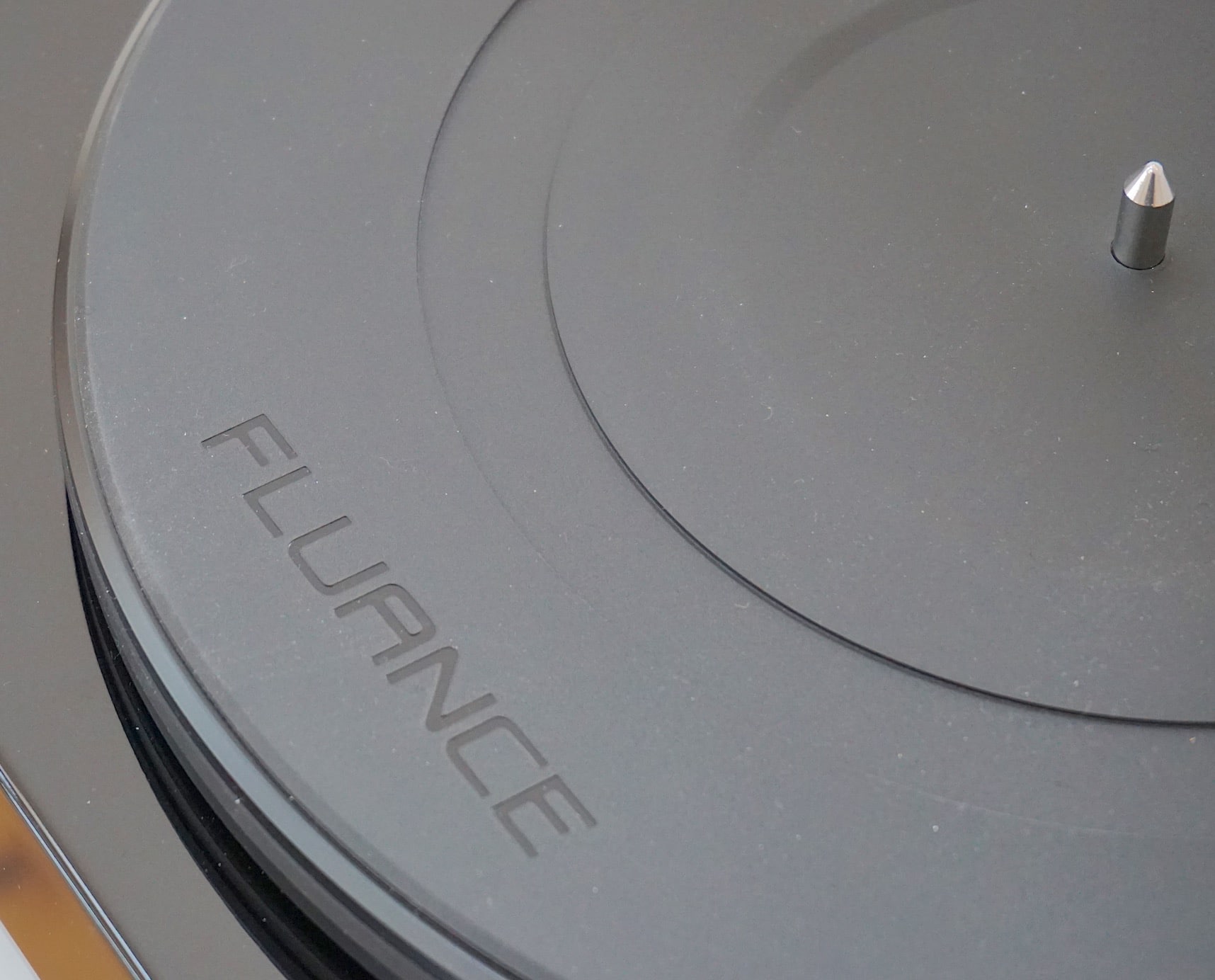
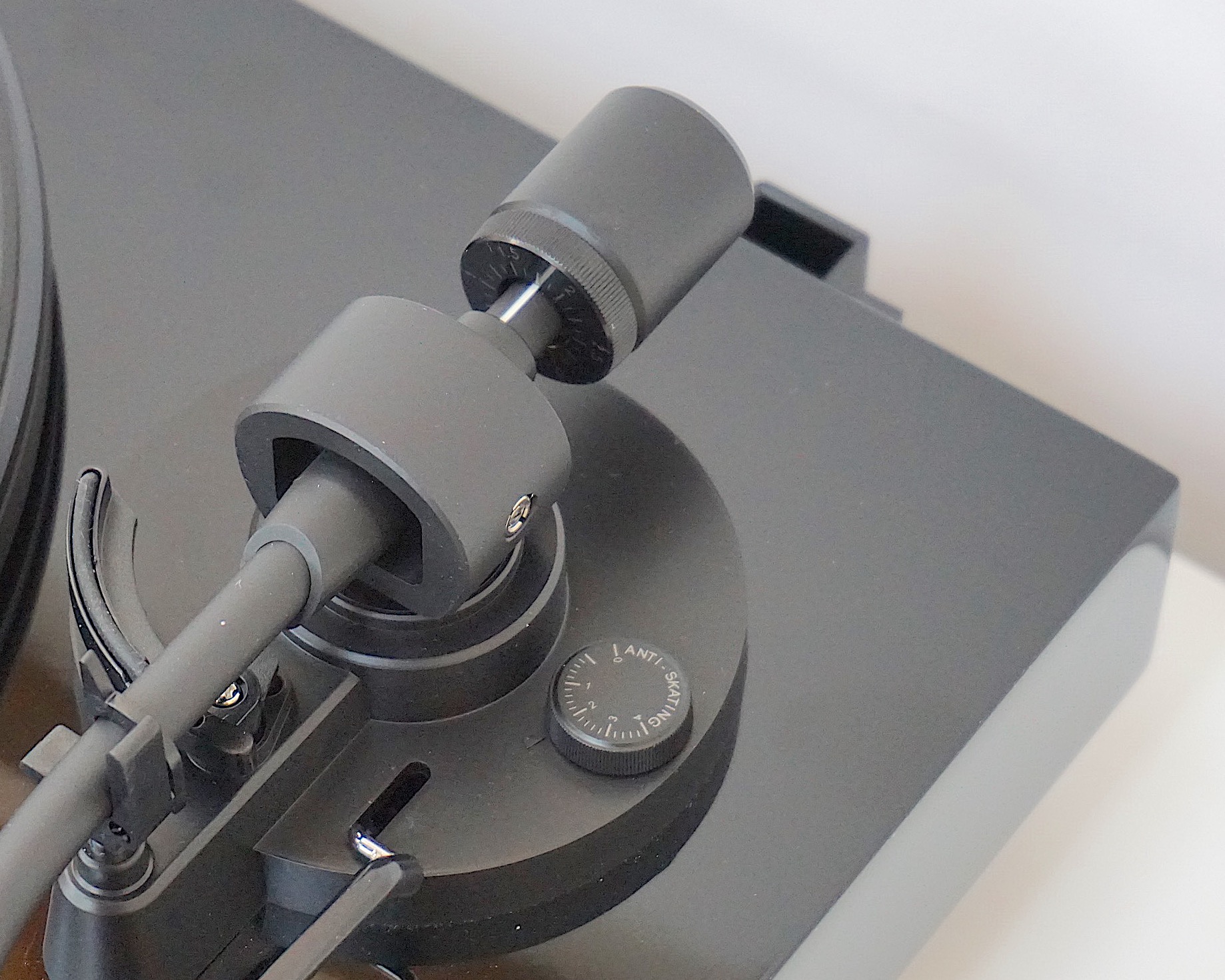
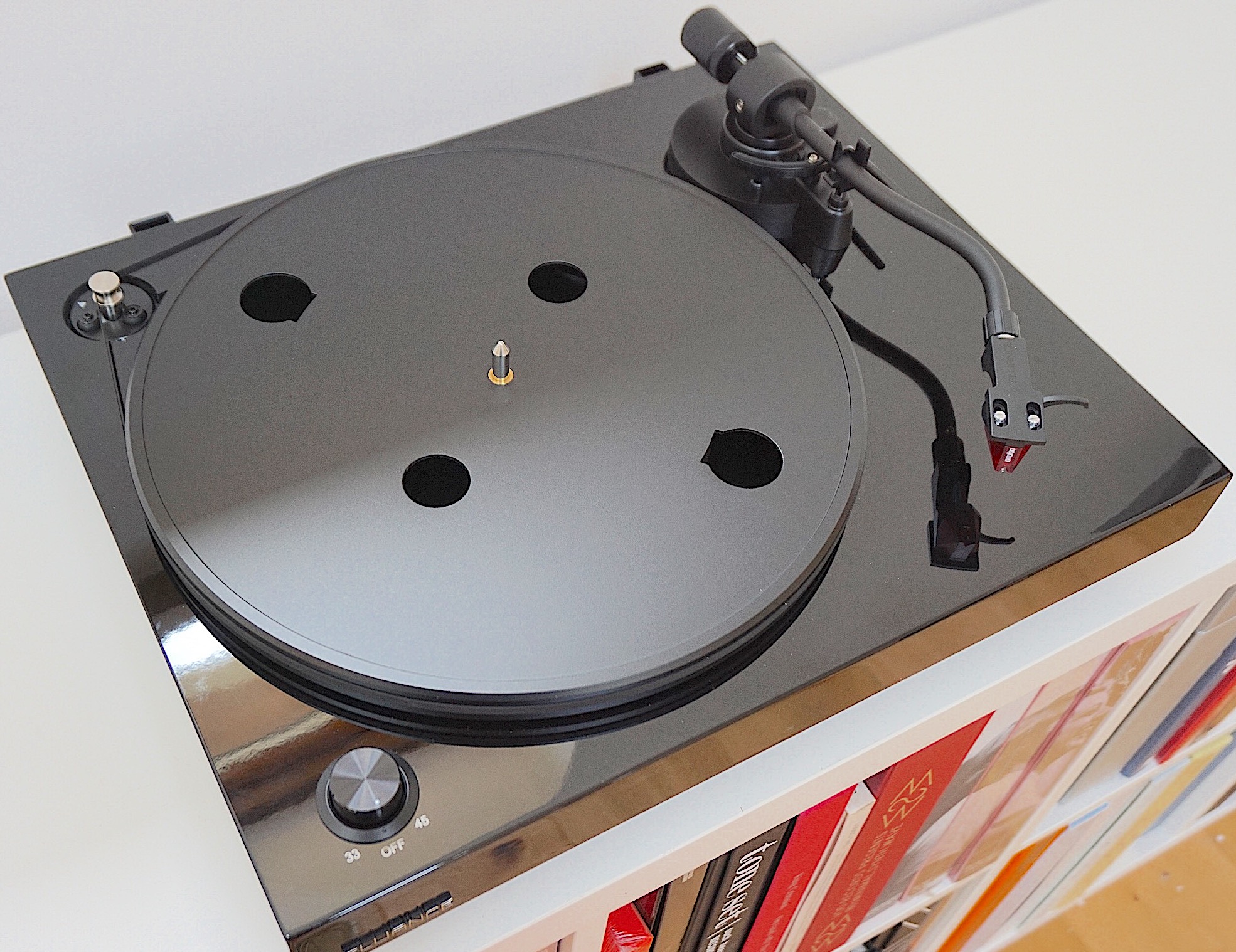
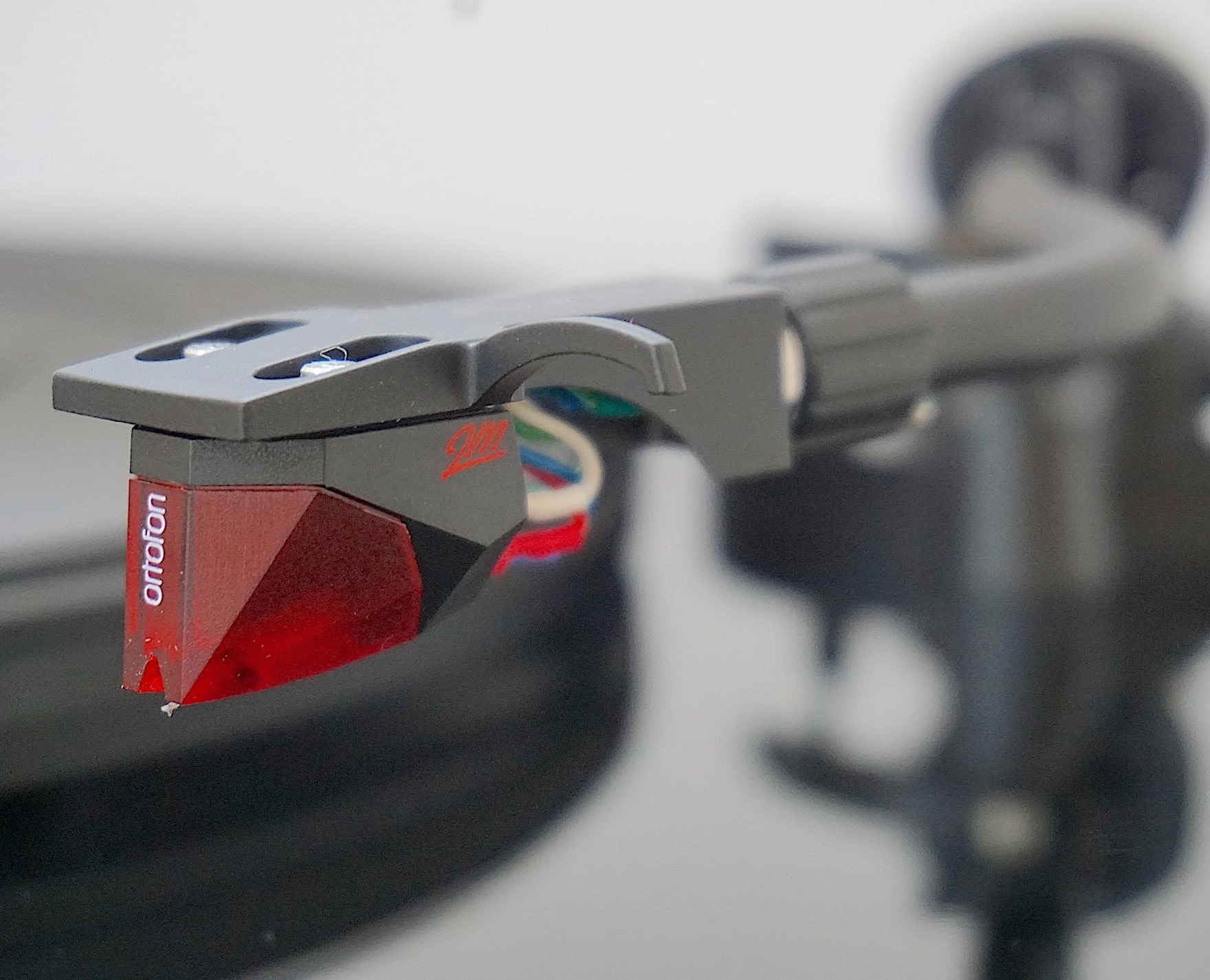
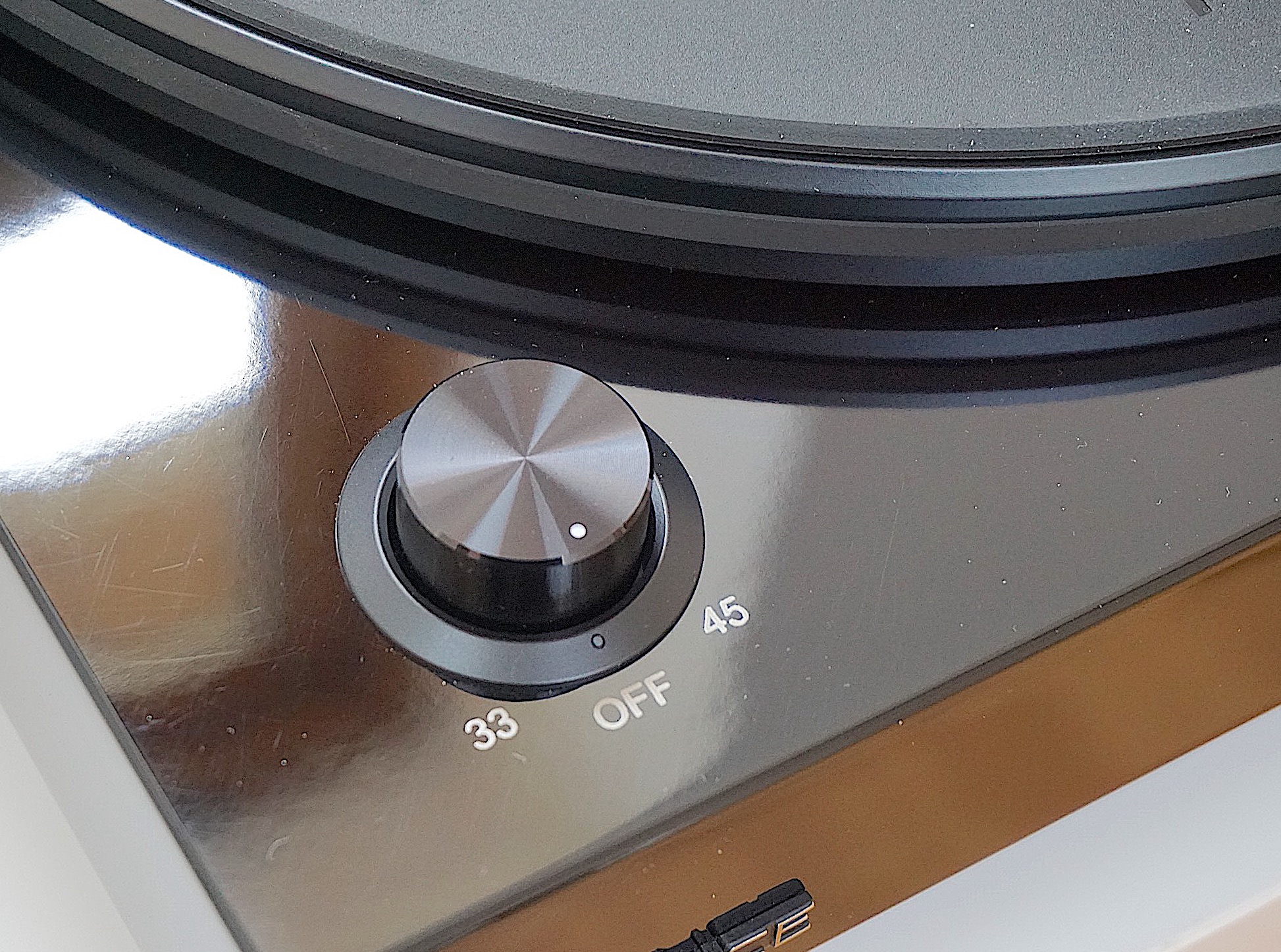
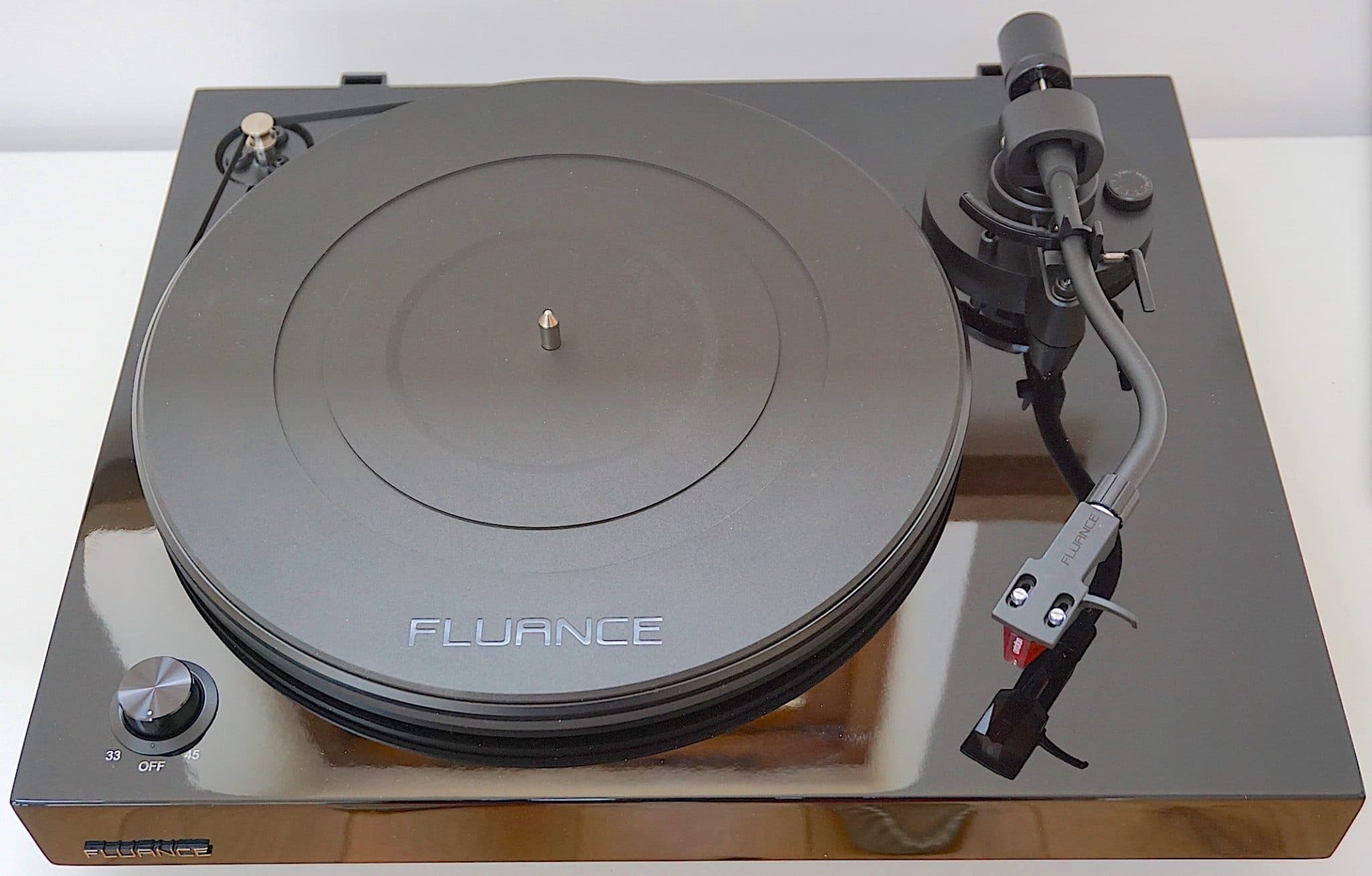


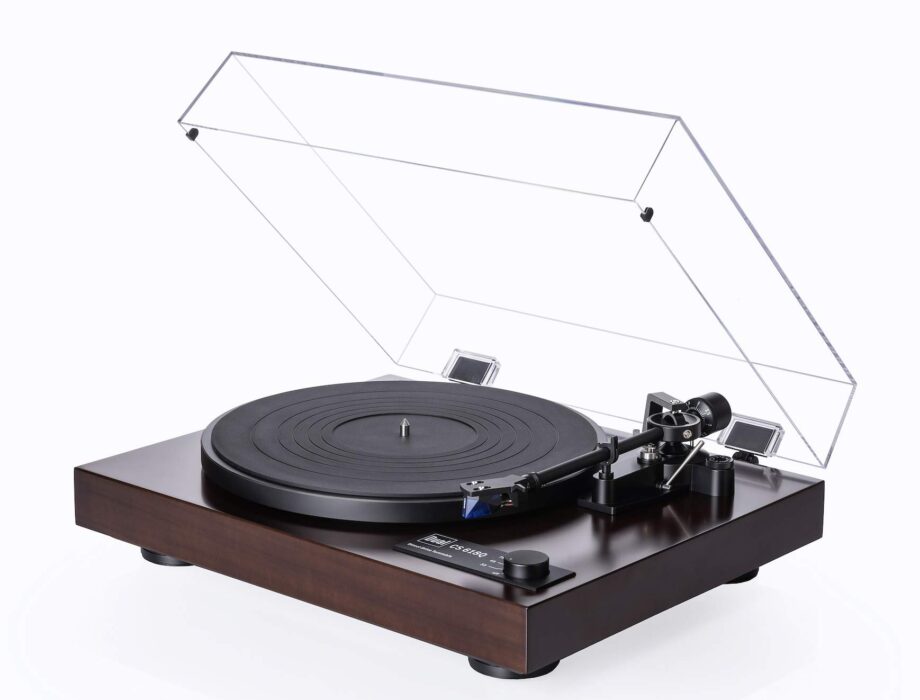
For another $100 the RT-84 offers a superior acrylic platter. And for $50 on top of that, the cartridge provided on the RT85 is a 2M Blue. Oddly enough, I feel that extra $150 makes the RT85 both a contender and a bargain.
Thanks for your thoughts, Stanton. Indeed! I hope to review the more expensive models in the future.
Would love to hear your thoughts and review of RT85 especially vs Teac’s newest turntables both direct drive and belt drive.
That might be a while Yaroslav because I’ve not long completed two reviews of the company’s turntables – other outfits are demanding my attention and I like to be fair to everyone 🙂 I’ll certainly make a note for the future, though.
[…] with a 2M Red attached, I was reminded just how close the 140 was in approach and price to the Fluance RT83: another lifestyle-oriented design with audiophile […]
Thank you for the write-up. I’m considering a Fluance turntable, but my primary concern, which you briefly touched upon, is the tonearm. What about it, do you think, is it that makes it the weak link in this design? I’m a bit torn because, although Pro-Ject and Rega’s tonearms seem to be held in higher regard than Fluance’s, I favor most of the other features of the Fluance compared to the Pro-Ject and Rega turntables near(ish) this price.
Wouldn’t quibble about small details, but the tonearm seems too central a component to compromise on (although I recognize compromises always exist with budget-price equipment).
Hi James – indeed, the arm is a weak point but the entire direction of the turntable is geared towards a lifestyle user. On those terms, the arm is fine, if you see what I mean. If you value sound quality above anything else, however, then I’d go for a Rega or Pro-Ject. It depends on your priorities and personal preferences. The Fluance remains a good turntable.
All Fluance turntables are pieces of junk. I had the misfortune of testing one out and it was the most poorly made turntable and when you played any record on it, it sounded like ****! I wouldn’t even want my records in the same room as this turntable let alone play my records on it. If you want a real turntable but a Technics 1200 or if that’s not in your budget, I highly recommend getting a U Turn turntable. It’s hands down the best turntable in the entry level price range. Do not buy any Fluance turntables. I know there’s alot of good reviews but the people that wrote them must be deaf.
Thanks for your comments, Burnell. As you can see by my review, the Fluance is not to be compared or seen in the same light as an audiophile turntable. And there’s nothing wrong with that. It’s horses for courses. The Fluance is aimed at a lifestyle market and some users want that approach and design direction.
Hi Paul,
Thanks for the detailed review. Do you know of any turntables that offer swappable headshells like Fluance but with a better tonearm? I’d like to get as close in sound quality as possible to the Rega, but I really like having a removable headshell. I’m currently using an AT LP3, which has been a fine table but I think I’m ready for an upgrade, and am strongly considering a Fluance RT-85.
I’d look at the Jelco range of arms, Jacob, which fit the bill but they are a bit on the expensive side at around ¬£700. For budget bundled arms in this configuration? There’s nothing that I can think of – the better performance designs are one piece.
I think Fluance turntables are fine if you’ve not had a decent turntable prior to owning one. Unfortunately I had, a Project, and the Fluance was a real step down in terms of sound quality.
I’m no expert, but the tonearm does feel very poor, as does the arm catch and lifter, and tap the plinth when the stylus is down, and this turntable (mine was an RT85) really amplifies it. Surface noise also seemed to be rather high, perhaps the tonearm, and lack of VTA adjustment?) again?
The supplied Ortofon Blue does help get it to a performance level casual users will be happy with I suppose, but I just couldn’t live with the turntable as a whole.